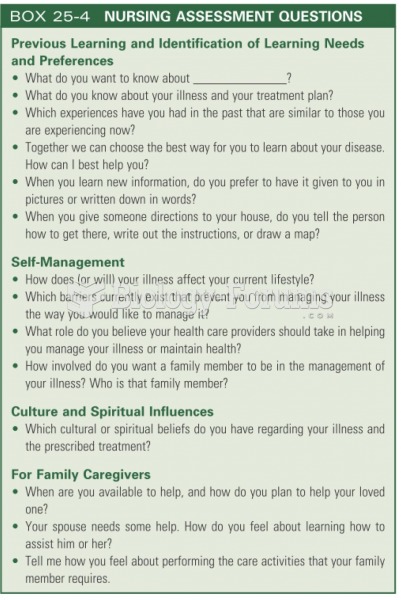Surveys of public opinion, no matter what fascinating questions they ask or how quickly they get the answers, are not equivalent to elections. Because not all Americans are equally interested in politics or equally informed, public opinion polls can suggest only the general distribution of opinion on issues. Many times, only a few citizens have formulated preferences, and these preferences can be changed by events. Politicians, whether in office or in the midst of a campaign, see public opinion as important to their careers. The president, members of Congress, governors, and other elected officials realize that strong public support as expressed in opinion polls is a source of power in dealing with other politicians. It is far more difficult for a senator to say no to the president if the president is immensely popular and if polls shows approval of the president's policies. Public opinion also helps political candidates identify the public's most important concerns and may help them shape their campaigns successfully. Although opinion polls cannot give exact guidance on what the government should do in a specific instance, the opinions measured in polls do set an informal limit on government action. For example, consider the highly controversial issue of abortion. Most Americans are moderates on this issue; they do not approve of abortion as a means of birth control, but they do feel that it should be available under certain circumstances. Yet sizable groups of people express very intense feelings both for and against abortion. Given this distribution of opinion, most elected officials would rather not try to change policy to favor either of the extreme positions. In this case, as in many others, public opinion does not make public policy; rather, it restrains officials from taking truly unpopular positions. If officials do act in the face of public opposition, they will experience the consequences of their actions at the ballot box. The president, members of Congress, governors, and other elected officials realize that strong public opinion as expressed in opinion polls is a source of power in dealing with other politicians. It is far more difficult for a senator to say no to a president if the president is immensely popular and if polls show approval of the president's policies. How are these two sentences from the first paragraph related?
a. The second sentence tells the next step in a process mentioned in the first.
b. The second sentence gives an example of something mentioned in the first.
c. The second sentence clarifies something mentioned in the first.
d. The second sentence adds a fact about something mentioned in the first.
Question 2
Surveys of public opinion, no matter what fascinating questions they ask or how quickly they get the answers, are not equivalent to elections. Because not all Americans are equally interested in politics or equally informed, public opinion polls can suggest only the general distribution of opinion on issues. Many times, only a few citizens have formulated preferences, and these preferences can be changed by events. Politicians, whether in office or in the midst of a campaign, see public opinion as important to their careers. The president, members of Congress, governors, and other elected officials realize that strong public support as expressed in opinion polls is a source of power in dealing with other politicians. It is far more difficult for a senator to say no to the president if the president is immensely popular and if polls shows approval of the president's policies. Public opinion also helps political candidates identify the public's most important concerns and may help them shape their campaigns successfully. Although opinion polls cannot give exact guidance on what the government should do in a specific instance, the opinions measured in polls do set an informal limit on government action. For example, consider the highly controversial issue of abortion. Most Americans are moderates on this issue; they do not approve of abortion as a means of birth control, but they do feel that it should be available under certain circumstances. Yet sizable groups of people express very intense feelings both for and against abortion. Given this distribution of opinion, most elected officials would rather not try to change policy to favor either of the extreme positions. In this case, as in many others, public opinion does not make public policy; rather, it restrains officials from taking truly unpopular positions. If officials do act in the face of public opposition, they will experience the consequences of their actions at the ballot box. In this case, as in many others, public opinion does not make public policy; rather, it restrains officials from taking truly unpopular positions. What is the relationship between parts of the above sentence?
a. cause and effect
b. illustration
c. addition
d. contrast







